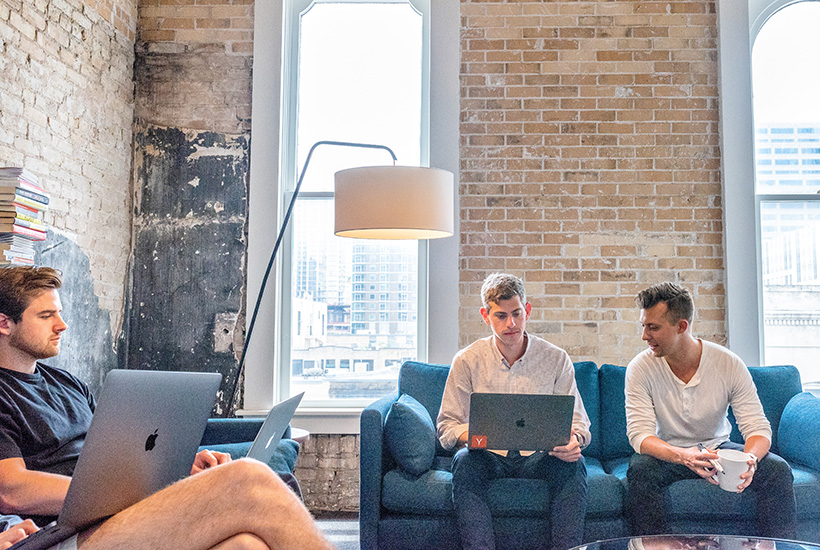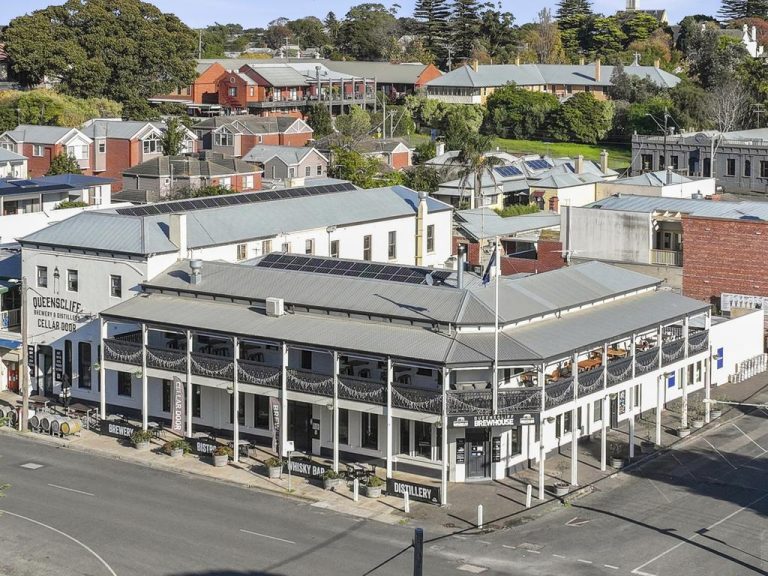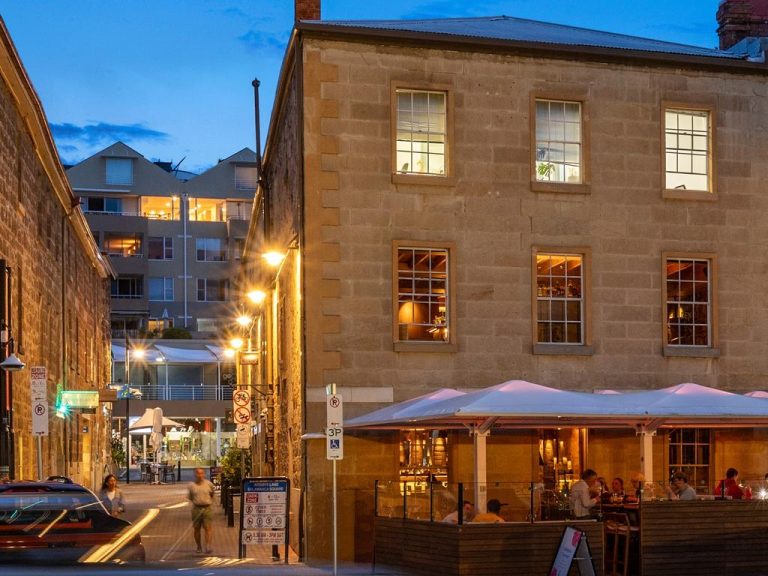The future of office spaces after COVID-19

The world has changed in the last six months.
And in few places has that change been felt more significantly that in offices and workplaces, which have seen a rapid transformation from bustling hives of activity to ghost towns, with millions of employees working from home to avoid and limit the spread of COVID-19.
While many of those workers will eventually return to working from traditional office spaces, those offices may be very different places with very different design consideration and ways of operating.
Here are some of the changes that are expected to become permanent fixtures once more people return to office environments.
‘SMART’ OFFICES
Technology is set to be a major factor in office design and day-to-day operations moving forward.
In JLL’s new report (re)entry – A Guide for Workplace Design Considerations, the agency’s Head of Workplace Design – Project and Development Services, Anthony Walsh and Head of Sales – Project and Development Services, Phylicia Cohen, say technology has a huge role to play.
And touchless technology will likely be at the heart of it.
Walsh and Cohen point to things like Smart QR codes that allow employees to declare their arrival before turning up, facial recognition to open doors, phone apps to book desks in advance and other digital interactions with the office environment through voice-operated commands or their phone screen to avoid touching surfaces, as key changes we’re likely to see.
They even suggest some offices will use tracking software to manage how many employees are in the same spaces at the same time. This could include booking desks in advance via a phone app, booking other building functions to avoid long lines, and even apps that monitor real-time use of areas within an office, such as gyms, kitchens, bathrooms and lift lobbies, to avoid queues or groups congregating.
OFFICE DESIGN AND LAYOUT
People who have returned to work as coronavirus numbers dropped have likely already experienced a number of key changes to their office environment, and this will only increase as more people get back to the office.
Walsh and Cohen say there will be a reduction in the number of desks and chairs in a given space, in order to allow safe social distancing, while partitions/shields between desks, spaced seating and larger corridors to allow employees to pass each other without breaking distancing protocols are all likely to become common.
REA Group chief economist Nerida Conisbee says the biggest challenges are likely to present at bottlenecks such as lifts.
“Although on the office floor you can keep people apart by spacing out seating, getting up and down a high-rise tower is going to be quite problematic It’s almost impossible to socially distance in a lift, and most offices were already quite challenged in terms of trying to get up to higher floors with current lift capacities and arrangements.”
WORKING AT THE OFFICE vs FLEXIBLE ARRANGEMENTS
‘Work from home’ is here to stay.
It is almost certain that most office-based businesses will support some sort of flexible working arrangement in the coming years.
In many cases, companies were already transitioning towards flexible outcomes, and this process was only accelerated by the onset of COVID-19.

One of Woods Bagot’s models has only a portion of the workforce at the office at any one time.
JLL and office design firm Woods Bagot both suggest more businesses will split their staff into ‘teams’, with one team working from a central office on certain days, and another team occupying the space on other days, in order to limit the number of people in the building at any one time.
Others will offer the opportunity to work from home permanently, with hubs available as “touch-base spaces”.
LARGE CENTRAL BUILDINGS vs SMALLER LOCAL OFFICES
Companies are already planning for a world in which people work in de-centralised hubs.
In a recent report, Woods Bagot outlined a number of potential workplace templates that reflect the changes to people’s working preferences and lifestyles.
Under some of the options, companies would downsize their central office, and instead use it as a “Culture Club”, with relaxed furniture such as sofas, coffee tables and cafe tables to allow employees to get together “when it is necessary or preferable to physically collaborate physically with colleagues, but without the need for a desk-based environment.

Offices are likely to look very different once people return to work after coronavirus.
In another model, companies would have “community nodes” – smaller offices that are much closer to worker’s homes but still allow them to work in an office and see colleagues.
It’s a concept that Conisbee also believes will become more prevalent.
“Most big companies will still have a presence in larger buildings, but I don’t think they’ll need as much space as they needed before,” she says.
“In many locations, and particularly Sydney where the transit times can be horrific for some people, this will fast-track some of those trends towards more localised, suburban offices.”
THE CULTURE QUESTION
Conisbee says that while the office market may never be the same again, there will always be a place for centralised office and meeting places, due to the challenges associated with building company culture when employees never interact in person.
“Longer term I think things like maintaining culture will be a big one to get people back in the office,” she says,
“Of all the reasons that have been given about why people should go back, that’s probably the main one: can you maintain the culture if everyone’s on Zoom?”







